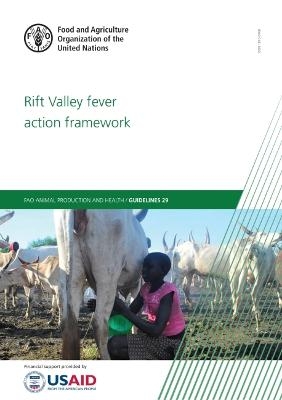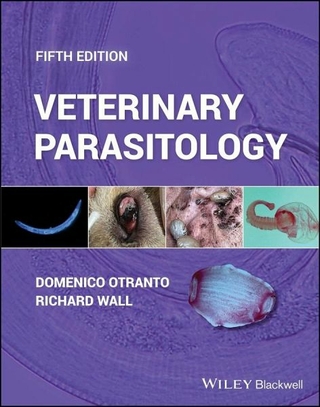
Rift Valley Fever Action Framework
Seiten
2022
Food & Agriculture Organization of the United Nations (FAO) (Verlag)
978-92-5-135775-0 (ISBN)
Food & Agriculture Organization of the United Nations (FAO) (Verlag)
978-92-5-135775-0 (ISBN)
Provides decision makers with guidance on the best course of action to take in response to an Rift Valley Fever (RVF) outbreak or the risk of an outbreak, and help them develop a national action plan for this response.
Rift Valley fever (RVF) is an arbo-viral disease affecting humans and livestock transmitted by mosquitoes. It is endemic to large areas of Africa, resulting in widespread abortion and neonatal mortality in livestock, and severe complications in a small but significant percentage of human cases. The range of RVF is largely determined by the distribution of suitable vector habitat and rainfall, which changes over time and as a result of climate change. In addition to which, the movement of animals and animal products for trade may lead to the spread of RVF to previously non-infected areas. This RVF Action Framework is intended to provide decision makers with guidance on the best course of action to take in response to an RVF outbreak or the risk of an outbreak, and help them develop a national action plan for this response. A coordinated One Health approach that brings together the public, animal and environmental health sectors is recommended, as is a risk-based approach that uses risk assessment and mapping to determine the appropriate measures to be taken and the locations where they are required.A country's RVF response can be best broken down into the four phases of the epidemiological cycle: the inter-epidemic, pre-epidemic, epidemic and post-epidemic periods. Surveillance, risk assessment and capacity building, for instance, are key during the inter-epidemic period, while the focus during the post-epidemic period shifts to mitigating the disease's impact
Rift Valley fever (RVF) is an arbo-viral disease affecting humans and livestock transmitted by mosquitoes. It is endemic to large areas of Africa, resulting in widespread abortion and neonatal mortality in livestock, and severe complications in a small but significant percentage of human cases. The range of RVF is largely determined by the distribution of suitable vector habitat and rainfall, which changes over time and as a result of climate change. In addition to which, the movement of animals and animal products for trade may lead to the spread of RVF to previously non-infected areas. This RVF Action Framework is intended to provide decision makers with guidance on the best course of action to take in response to an RVF outbreak or the risk of an outbreak, and help them develop a national action plan for this response. A coordinated One Health approach that brings together the public, animal and environmental health sectors is recommended, as is a risk-based approach that uses risk assessment and mapping to determine the appropriate measures to be taken and the locations where they are required.A country's RVF response can be best broken down into the four phases of the epidemiological cycle: the inter-epidemic, pre-epidemic, epidemic and post-epidemic periods. Surveillance, risk assessment and capacity building, for instance, are key during the inter-epidemic period, while the focus during the post-epidemic period shifts to mitigating the disease's impact
| Erscheint lt. Verlag | 30.7.2022 |
|---|---|
| Reihe/Serie | FAO animal production and health manual |
| Zusatzinfo | col. figs, tables |
| Verlagsort | Rome |
| Sprache | englisch |
| Themenwelt | Veterinärmedizin ► Klinische Fächer ► Parasitologie |
| Weitere Fachgebiete ► Land- / Forstwirtschaft / Fischerei | |
| ISBN-10 | 92-5-135775-7 / 9251357757 |
| ISBN-13 | 978-92-5-135775-0 / 9789251357750 |
| Zustand | Neuware |
| Informationen gemäß Produktsicherheitsverordnung (GPSR) | |
| Haben Sie eine Frage zum Produkt? |
Mehr entdecken
aus dem Bereich
aus dem Bereich
Buch | Spiralbindung (2023)
Schlütersche (Verlag)
179,00 €


